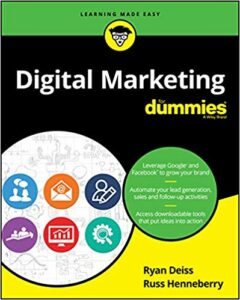Anybody can become a better communicator, a better storyteller, says Carmine Gallo, author of “the Storyteller’s Secret.”. Tell more personal stories, he advises. Unfortunately, he laments, most of what we read and hear is 99% facts and 1% story. “I say, turn it around”, Gallo urges.
In the 1960’s, a Canadian anthropologist studying hunter-gatherer Bushmen in the Kalahari desert, a society that had existed in southern Africa for more than 150,000 years, found that the Bushmen were hunter-gatherers by day and storytellers by night. In a place of frequent droughts, floods, and famine, the Bushmen used storytelling to boost their social relationships and create bonds.
“No matter who you are, you are a storyteller, says Karen Friedman of the Public Relations Society of America. Research shows that people are more likely to remember a story than a statistic. In a program at Stanford University, students were asked to give one-minute speeches that contained three statistics and one story. Only 5 percent of the listeners remembered a single statistic, while 63 percent remembered the stories.
Friedman’s message has direct applicability to blog content writers, and it comes in the form of a warning: …”Using digital content will not increase brand loyalty or enhance your marketing efforts. It takes an old-fashioned story that keeps listeners on the edge of their seats to help you shape your outcome.”
But, like every worthwhile endeavor, storytelling takes some skill and demands practice. True, as Elizabeth Bernstein said last year in the Life & Arts section of the Wall Street Journal, “when we share our personal narratives, we disclose something about our values, our history, and our outlook on life. But the bonding benefits of storytelling only work if you’re good at it, and many of us aren’t.”
As a professional blog content creator and trainer in corporate writing, I think storytelling is a perfect vehicle for blogging. While blog marketing can be designed to “win search”, once the searchers have arrived, what needs winning is their hearts, and that is precisely what content writers can achieve best through storytelling. Done well, the stories will show why you are passionate about delivering your service or products to customers and clients.











Follow us online!